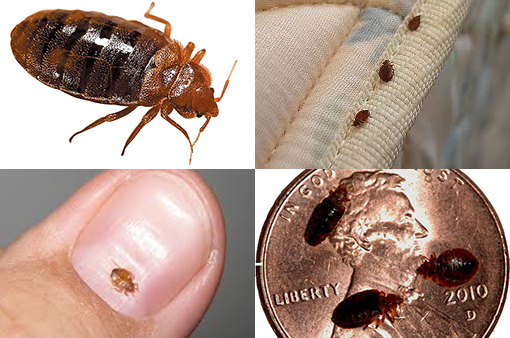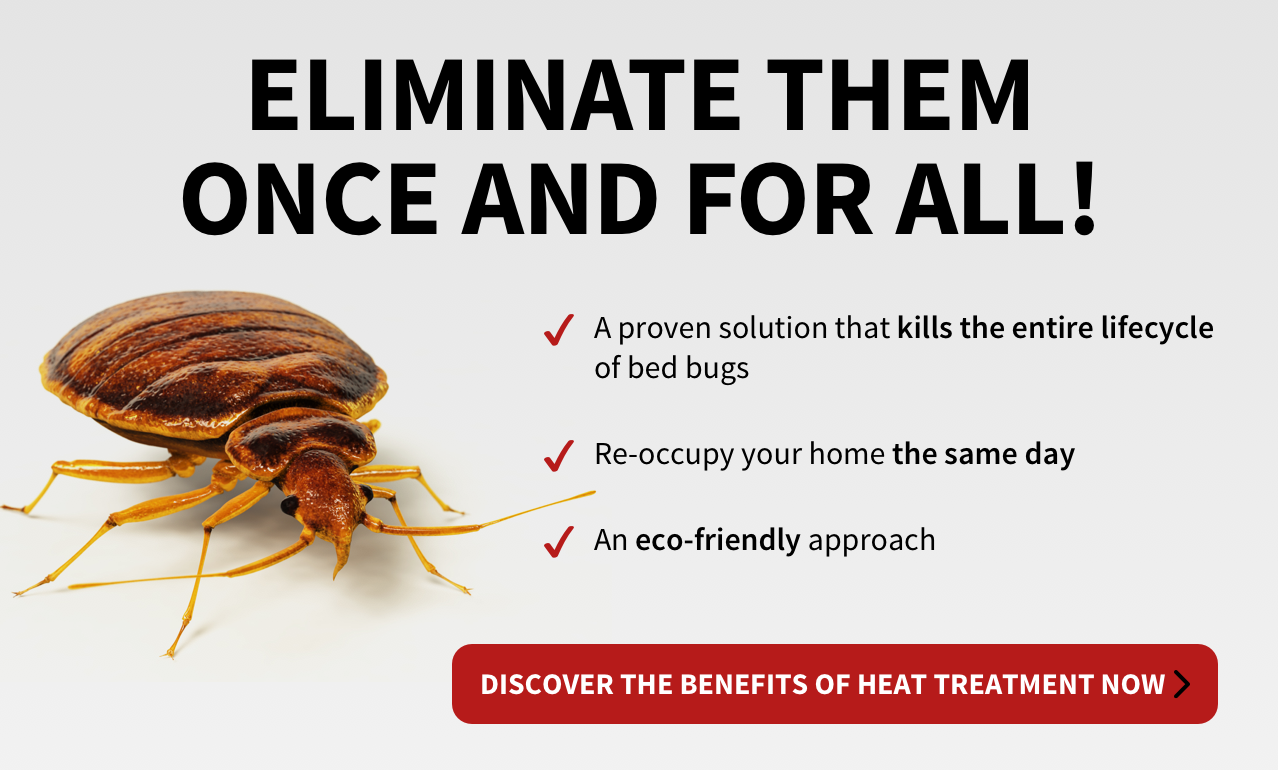A1 Bed Bug Exterminator Houston: Trusted Treatment Services
A1 Bed Bug Exterminator Houston: Trusted Treatment Services
Blog Article
Recognizing the Lifecycle of Pests for Targeted Control Techniques
Comprehending the lifecycle of parasites is an essential element of reliable insect administration approaches. By comprehending the different phases of development that insects undertake, a more specific and targeted method can be adopted to regulate their populaces. This understanding not only clarifies the susceptabilities within the parasite lifecycle however additionally leads the method for executing critical measures that can interrupt their growth and recreation cycles. Through a much deeper understanding of just how bugs develop and grow, customized control strategies can be made to attend to particular factors in their lifecycle, eventually bring about more effective bug administration outcomes.
Value of Understanding Parasite Lifecycle
Recognizing the lifecycle of bugs is crucial for creating reliable and targeted control strategies in bug monitoring. By understanding the different stages a parasite undergoes from egg to grownup, parasite control experts can identify weak spots in the lifecycle where treatment can be most successful. Recognizing when larvae are most energetic can help figure out the optimum timing for applying larvicides. Furthermore, comprehending the life expectancy of a pest varieties can help in anticipating population growth patterns and potential problem threats.
In addition, identifying the particular environmental problems required for each phase of the bug's lifecycle can lead choices on habitat modification or exemption techniques to interfere with the lifecycle and lower insect populaces. This understanding makes it possible for pest monitoring experts to carry out aggressive measures instead of depending solely on reactive therapies, resulting in more long-lasting and sustainable parasite control options. Ultimately, an extensive understanding of pest lifecycles encourages parasite control practitioners to tailor their techniques effectively, making the most of and minimizing environmental impacts control outcomes.
Key Stages in Bug Growth
To efficiently apply targeted control methods in bug monitoring, a crucial element hinges on adequately recognizing and understanding the essential stages in bug growth. Parasite advancement usually contains several crucial stages that are important for their lifecycle and management. The initial stage is the egg phase, where pests lay eggs that later on hatch out right into larvae. Larvae then advance into pupae, a stage where they undergo transformation prior to becoming adult bugs. Comprehending these stages is essential as it helps in pinpointing prone points in the lifecycle where control steps can be most effective.

Susceptabilities in Pest Lifecycle
Throughout the various phases of a bug's lifecycle, distinct vulnerabilities emerge that can be purposefully targeted for efficient control steps (A1 Bed bug exterminator houston LLC). One essential vulnerability lies in the egg stage, where insects are commonly more susceptible to particular insecticides or biological control agents due to their soft outer shell, making them less complicated targets for treatment. Understanding these susceptabilities in the parasite lifecycle is necessary for creating efficient and exact control approaches that properly manage parasite populaces while visit here minimizing ecological influence.
Implementing Targeted Control Actions

Executing targeted control measures commonly includes a multi-faceted approach. This might consist of habitat adjustment to make the setting much less hospitable to bugs, such as getting rid of standing water for insect control or sealing access factors for rodents. In addition, biological control methods can be utilized, where all-natural killers or virus are introduced to maintain parasite populaces in check.
Chemical control, such as the cautious application of chemicals, is an additional typical technique. It is essential to make use of these materials sensibly to decrease environmental influence and potential harm to non-target types - A1 Bed Bug treatment houston. Integrated Pest Administration (IPM) approaches that integrate various control actions in a worked with and sustainable manner are commonly the most efficient in attaining long-term pest monitoring objectives. By executing targeted control procedures based on an extensive understanding of pest lifecycles, pest populations can be properly regulated while lessening threats to human health and wellness and the environment.
Improved Parasite Administration Practices

In addition, the consolidation of biological control representatives, such as natural predators or microorganisms of bugs, can aid minimize dependence on chemical pesticides and advertise a more well balanced ecological community. Executing physical obstacles and catches can also become part of boosted bug monitoring techniques, offering safe and targeted services for pest control. Additionally, the usage of pheromones and various other semiochemicals can interfere with pest mating patterns and communication, bring about lowered bug populations over time.
Conclusion
In conclusion, comprehending the lifecycle of parasites is essential for efficient insect management techniques. By recognizing key phases in bug advancement and vulnerabilities in their lifecycle, targeted control steps can be carried out to minimize insect populaces. Improved parasite administration practices can help in reducing the dependence on broad-spectrum chemicals and advertise even more sustainable and eco pleasant parasite control techniques. This understanding plays an essential function in maintaining healthy and balanced communities and agricultural efficiency.
Understanding the lifecycle of pests is necessary for establishing effective and targeted control techniques in pest management. By understanding the numerous phases a bug goes with from egg to adult, bug control specialists can recognize prone points in the lifecycle where treatment can be most effective. Ultimately, a thorough understanding of parasite lifecycles encourages bug control specialists to customize their techniques efficiently, decreasing ecological impacts and making the most of control end results.
By carrying out targeted control procedures based on an extensive understanding of bug lifecycles, parasite populations can be effectively managed while decreasing threats to human wellness and the environment.
By determining key phases in pest growth and vulnerabilities in their lifecycle, targeted control procedures can be carried out to lessen bug populaces.
Report this page